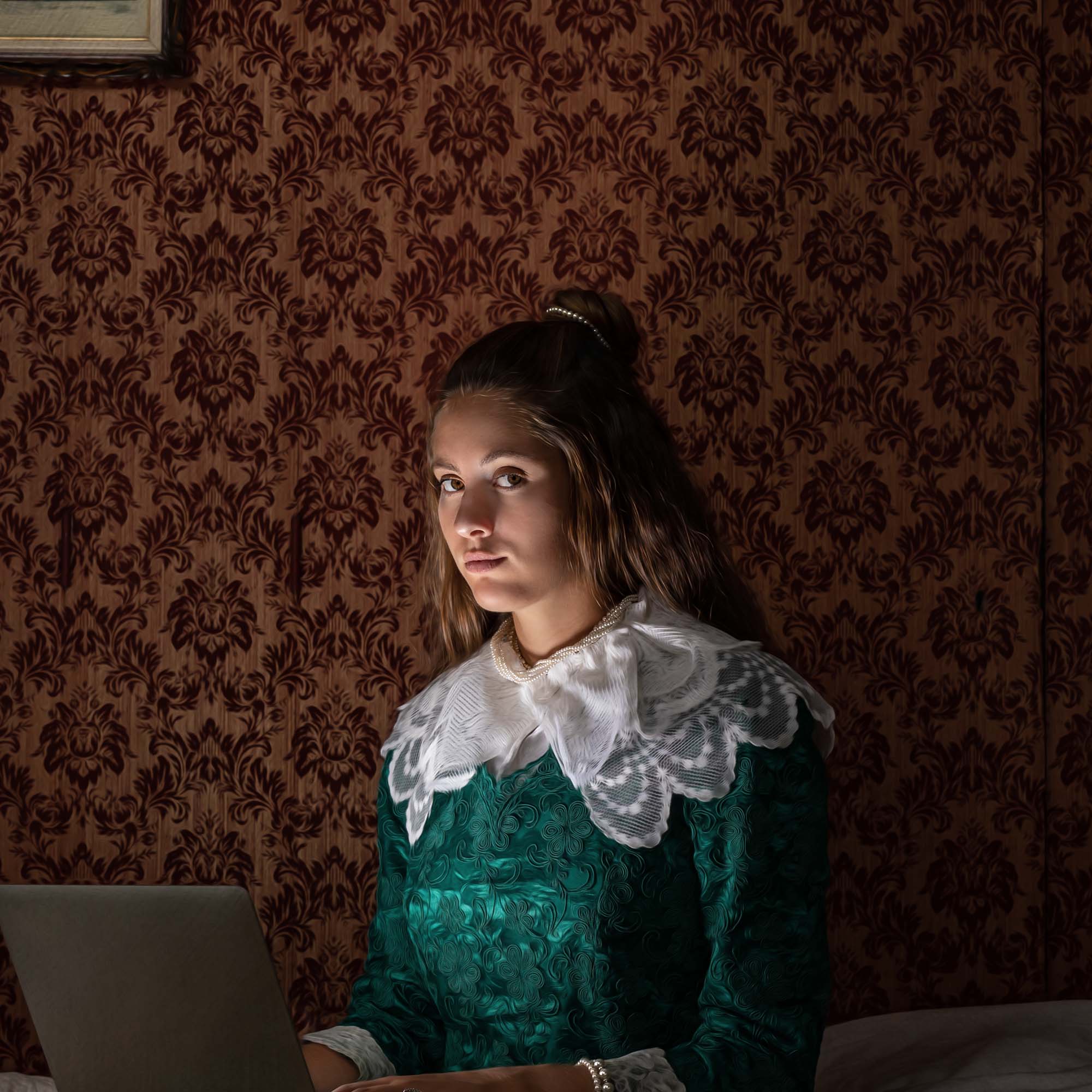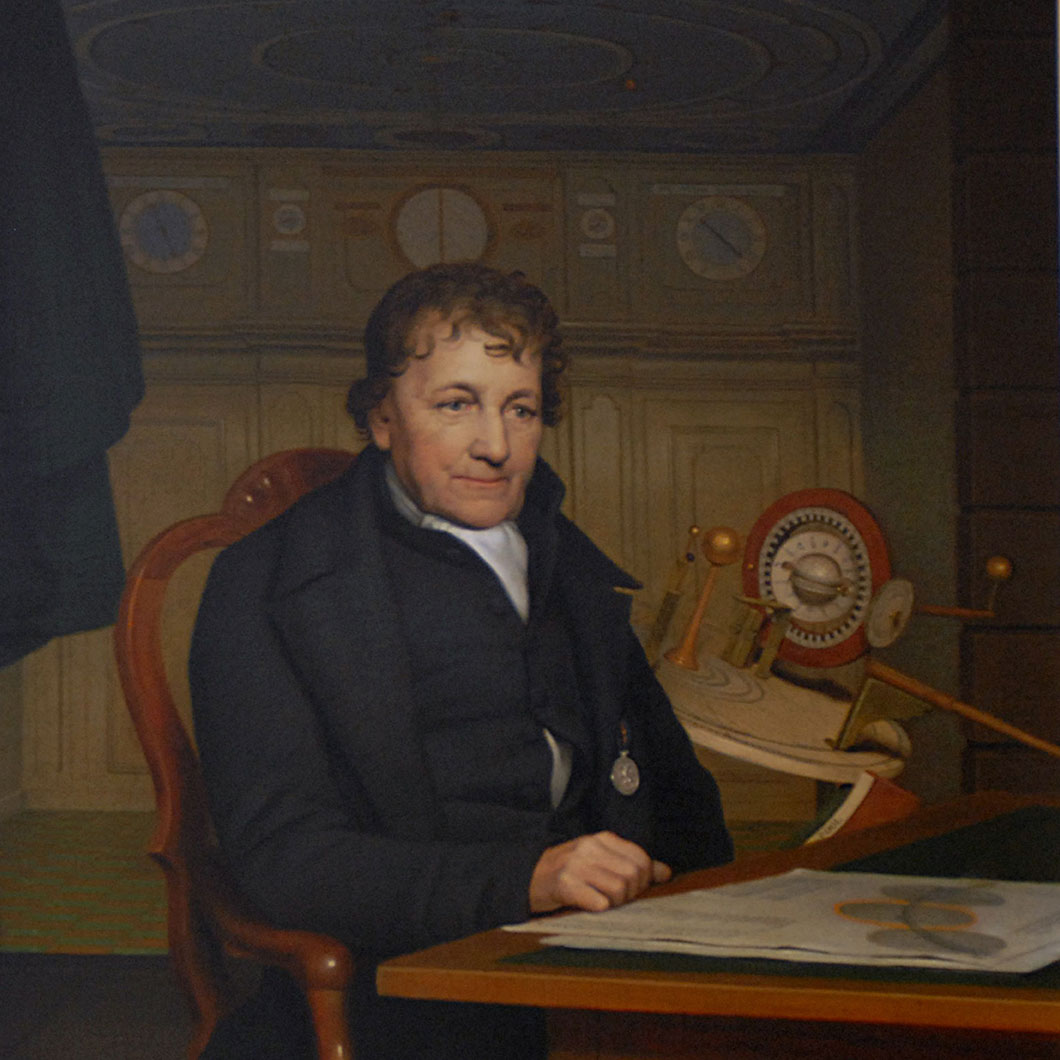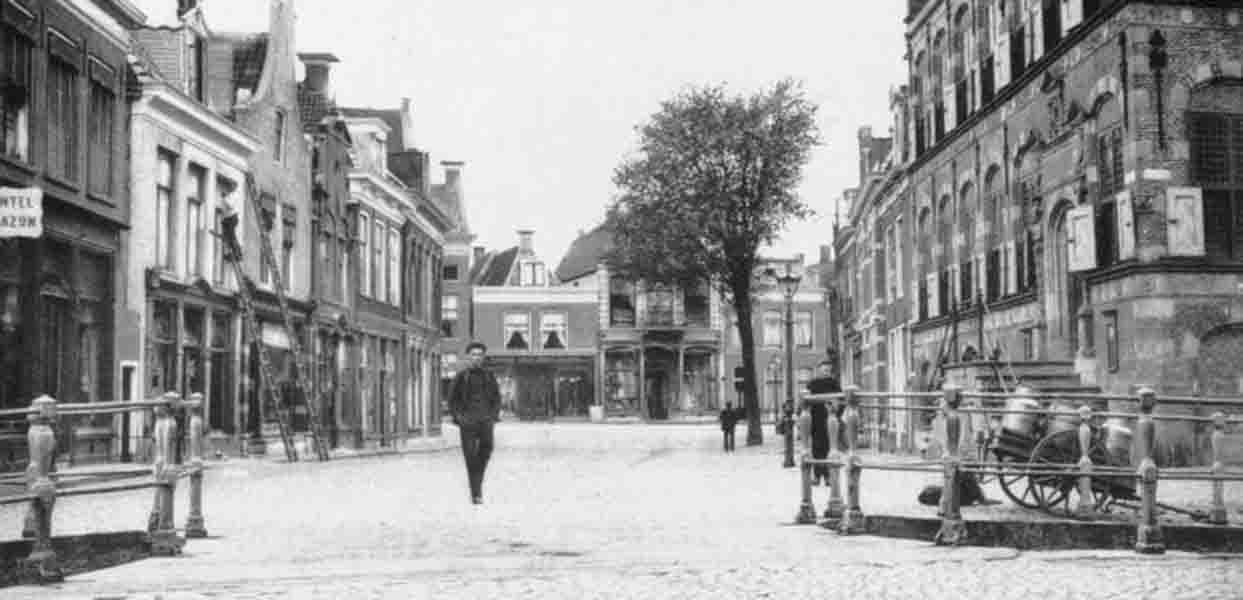Franeker,
ster van de Elfsteden
Rust, ruimte, gastvrijheid en een dagelijkse portie klein geluk. Dat is Franeker, Ster van de Elfsteden. Het is er allemaal – van jachthaven, theater, horeca en een eigentijds winkelaanbod tot musea en historische monumenten – maar het mooiste is de beleving van tijd, aandacht en wat werkelijk belangrijk is.
Voor wie de verborgen schatten van Franeker en haar omgeving vooral zelf wil beleven, zijn de 11 avontuurtjes. Je verveelt je hier geen seconde, want Franeker staat bol van de activiteiten.
Franeker is een stad vol verhalen
Beide voeten in de Friese klei en tegelijk verbonden met de grootsheid van ons zonnestelsel, zoals Eise Eisinga tastbaar maakte met zijn wereldberoemde Planetarium. Als Ster van de Friese Elf Steden beschikt de voormalige universiteitsstad Franeker over alles wat een mens nodig heeft voor ontspanning, bezinning en inspiratie: gastvrijheid, karakter, ruimte en een dagelijkse portie klein geluk. Hoe je dat kunt vinden? Franeker is een stad vol verhalen en die gaan leven als je goed kijkt, luistert, proeft en open staat voor ontmoeting…
Het is de combinatie van historisch erfgoed, stadse geneugten en de weidsheid van het omringende landschap die Franeker uniek maken. De beleving van tijd en aandacht is hier anders. Elkaar groeten op straat, struinen in sfeervolle winkelstraten, al fietsend, varend of lopend de horizon tegemoet in de vrije ruimte van het Fryske lân, op ontdekkingstocht in musea en natuurlijk gezellig ergens aansteken om van een hapje en drankje te genieten.
Highlights
De parels van het Friese Elfstedenstadje Franeker:
Wat te doen in Franeker
Franeker, een stad vol verhalen
Er valt veel te vertellen over Franeker. Als academiestad heeft Franeker een rijke geschiedenis. Maar ook de titel ‘Reformatiestad’ doet al vermoeden dat Franeker als stad een bijzondere rol gespeeld heeft in de 16e eeuw. Luister naar de verrassende verhalen en leer alles over Franeker.
11 Academische verhalen
We blazen de geschiedenis nieuw leven in. In 1811 viel het doek voor de Universiteit van Franeker toen Napoleon de ‘Academie van Friesland’ ophief. ‘Franeker’ was sinds de oprichting in 1585, op Leiden na, de oudste universiteit van Nederland. Het was een bakermat van bijzondere studenten en professoren. En een periode waarin de stad floreerde. Maar nu is de Academie van Franeker terug. Met elf bijzondere verhalen en daarbij horende foto’s.

Beroemde inwoners
Eise Eisinga is door zijn Planetarium de meest beroemde Franeker ooit, maar ook de wieg van bijvoorbeeld Pia Dijkstra stond in deze stad. Toen Franeker nog een universiteit had (1585-1811), trok dat bovendien mensen van naam en faam die hier een poosje woonden: filosoof René Descartes, prins Friso van Oranje (Willem IV), Peter Stuyvesant en de eerste vrouwelijke student Anna Maria van Schurman.

De geschiedenis van Franeker
In de Middeleeuwen leek Franeker zich eerst zelfs als hoofdstad van Friesland te ontwikkelen. De oorsprong voert helemaal terug tot 734, want toen bouwde van Karel de Grote in zijn begin periode een zogenoemd ‘castellum’ in noordelijk Westergo. Deze nederzetting werd in de geschiedenis Franeker genoemd, waarschijnlijk naar ‘Froonacker’, wat ‘land van de heer/koning’ betekent.




















